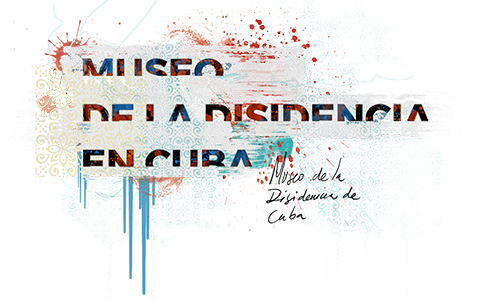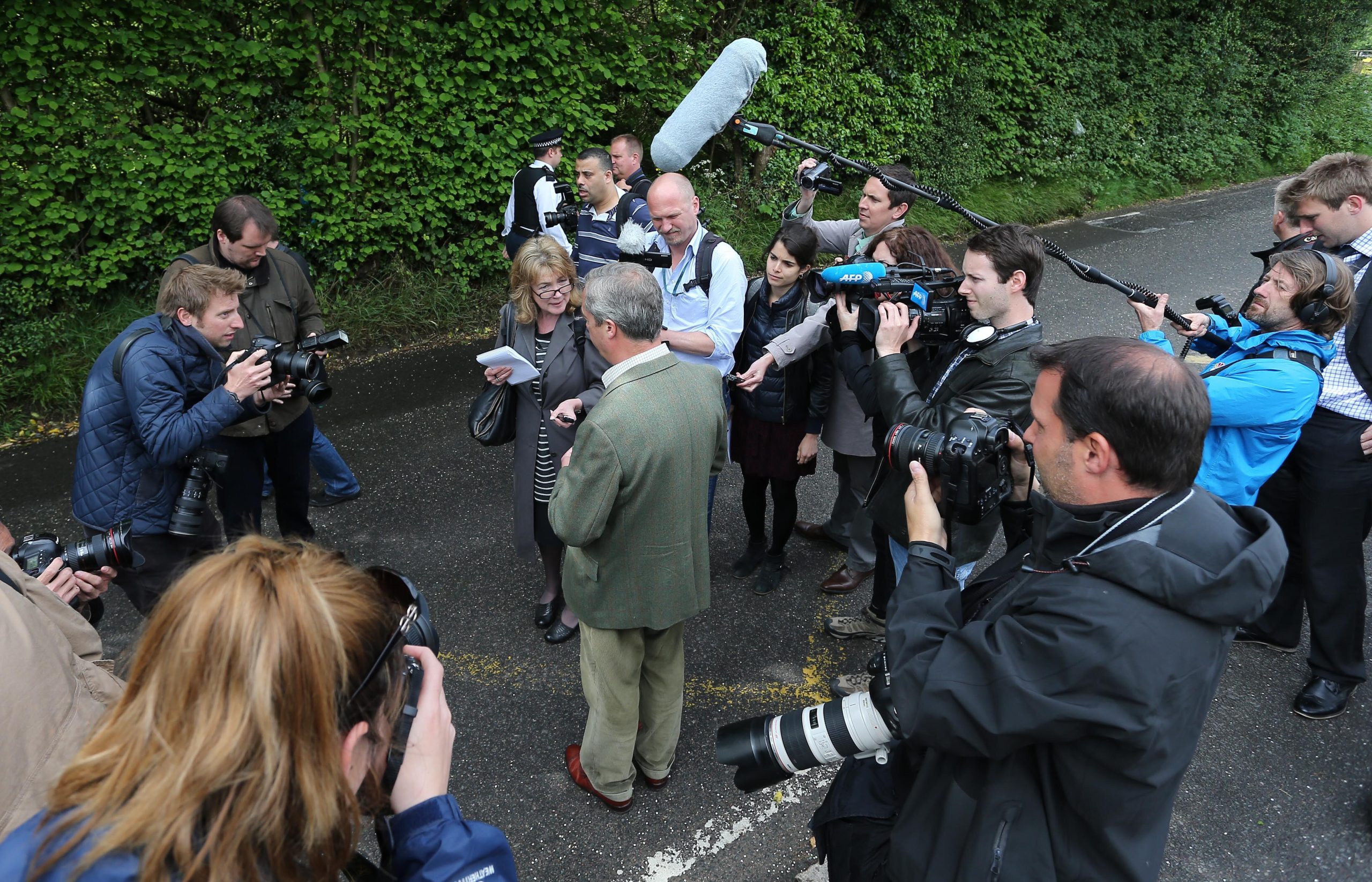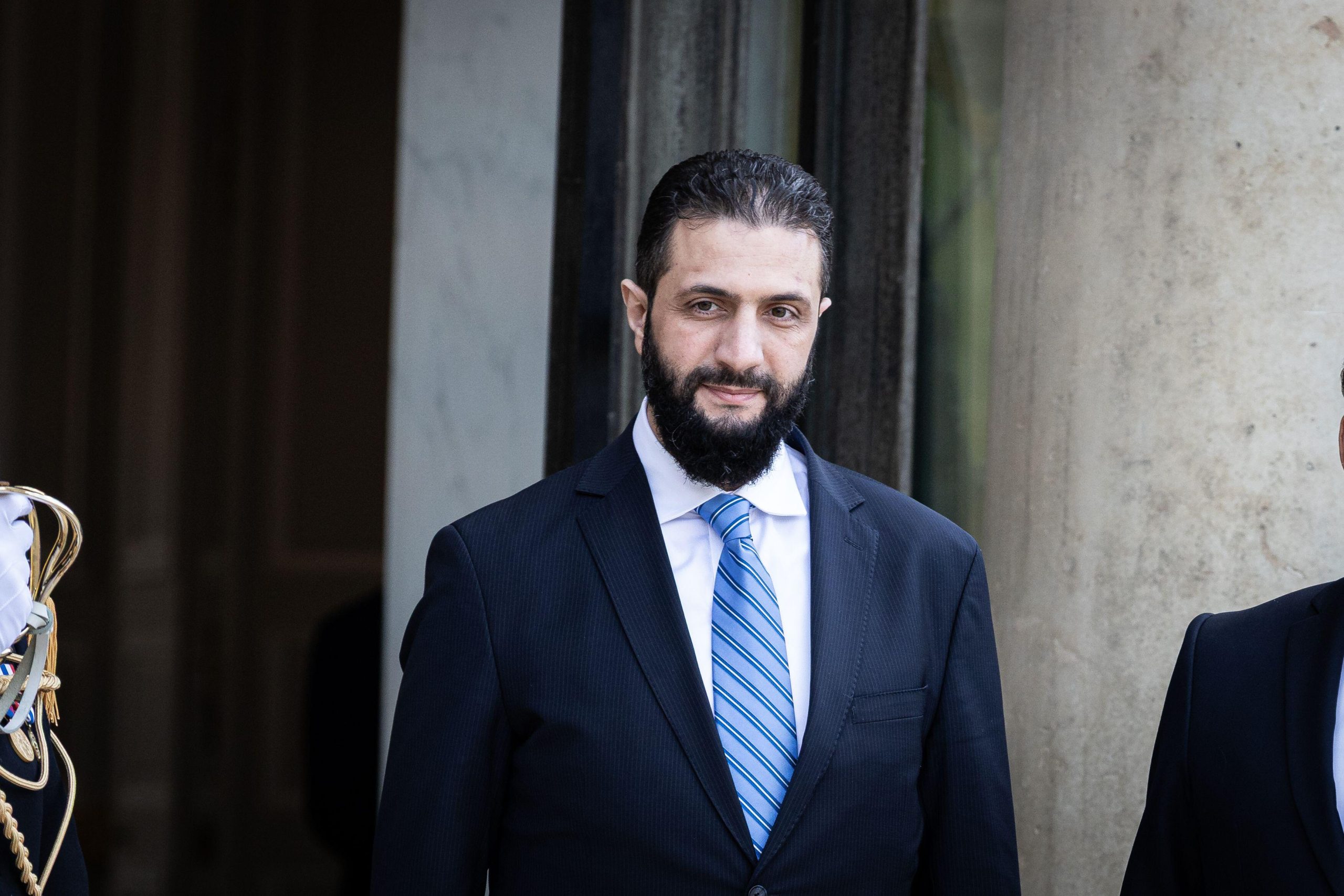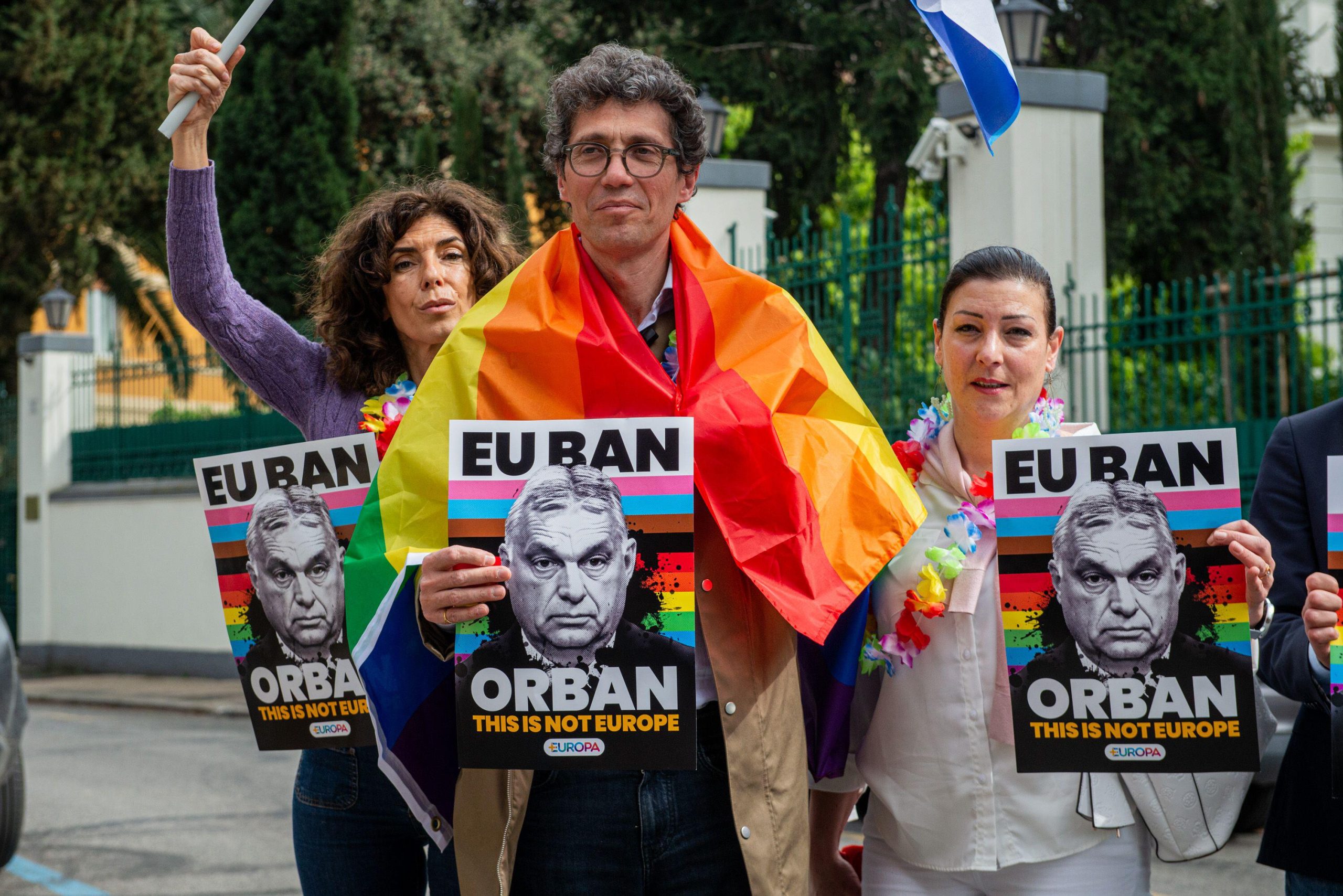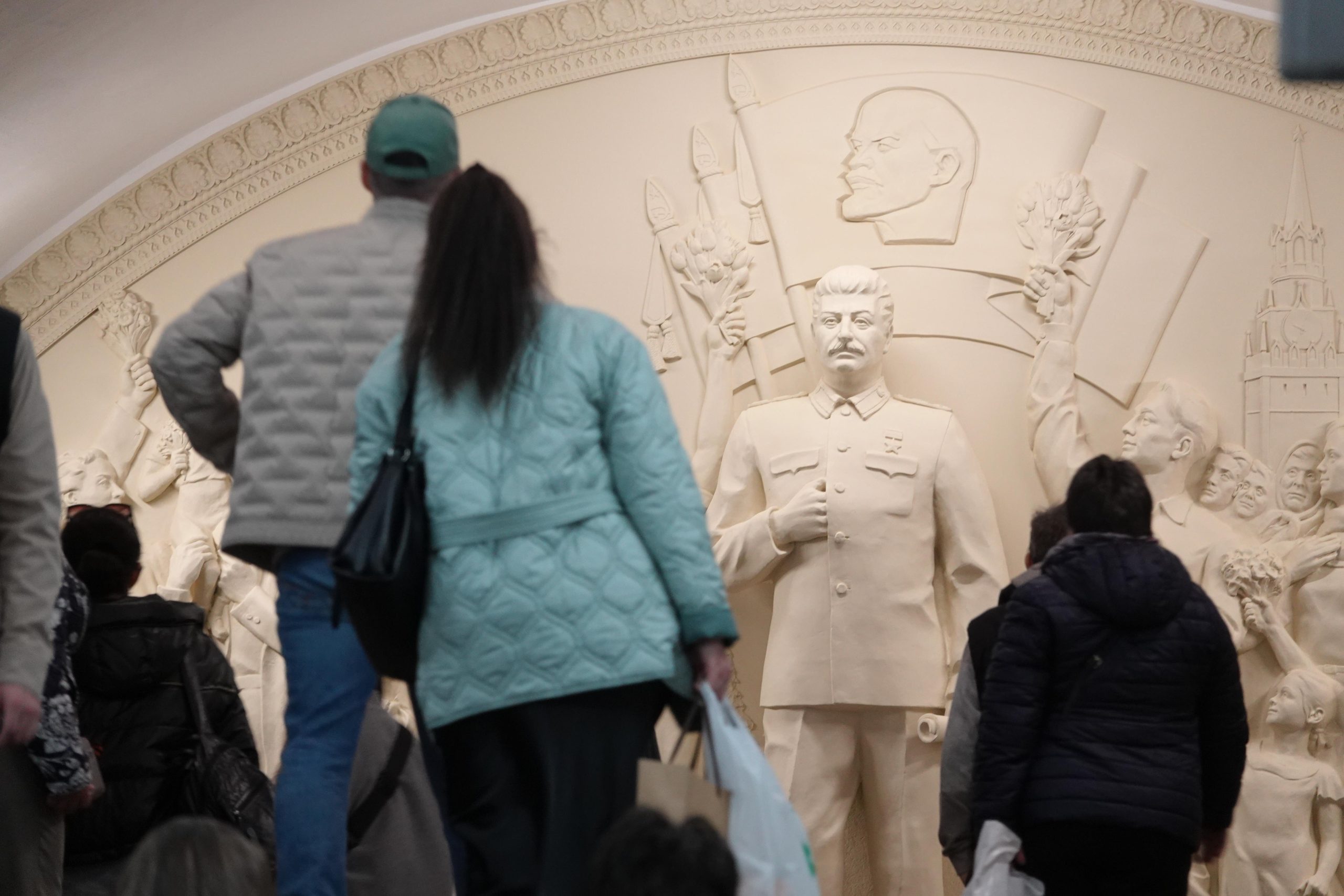[vc_row][vc_column][vc_video link=”https://youtu.be/-6JnYDCLKIE”][vc_column_text]The Museum of Dissidence in Cuba is an online website and public art project celebrating dissent in Cuba. It was set up in the summer of 2016 by acclaimed young artist Luis Manuel Otero Alcántara and his partner, curator and art historian Yanelys Nuñez Leyva. Their stated aim is to reclaim the word “dissident” and to give it in Cuba a positive connotation.

This is a daring and unique project, created by representatives of a new, young generation of artists who are not afraid to challenge the still repressive regime and promote freedom of expression. The repercussions have been fierce: Nuñez was sacked from her job at state sponsored magazine Revolution and Culture for founding the site. Otero was arrested in November 2017 for organising an unofficial #00Havana Biennal through the museum and threatened with prison for being a “counter-revolutionary”.
Cuba is still a one-party communist state. Political pluralism is outlawed and dissent repressed. There are also severe restrictions on press freedom, assembly, speech and association, according to Freedom House. The project aims to bring people from inside and outside Cuba together online, but specialises in radical public art projects and installations, concentrated in the poorer districts of Havana. The founders say that because it is not on either side of the political divide it is particularly vilified and attacked.
On his Index Awards nomination, Alcántara said “having won this prize is super important, for the MDC as well as for all Cuban activism, because it’s an acknowledgement from a prestigious international institution. This legitimises the work that we’ve been doing in favour of a future of freedom on the island, makes it more visible and brings protection and a certain empowerment to keep working despite all the unfairness and insecurity that we experience here.”
In 2017 the site promoted artistic projects round the island. The museum worked with a group of graffiti artists to create murals of aliens and balaclava clad men on the dilapidated walls of Havana in September 2017 to show up the government, which only allows political slogans and pictures of Cuban revolutionaries.
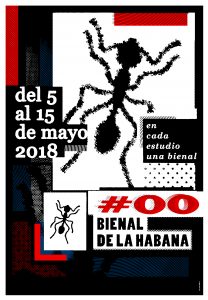
In another striking project they have reexamined the work and lives of important Cuban writers who committed suicide in suspicious circumstances. A terrifying art installation by Amaury Pacheco depicted a man hanging above the street in homage to the poet Juan Carlos Flores. The museum held a series of artistic events in San Isidro, a poor neighbourhood of Old Havana to honour the poets who had killed themselves because of the repressive Cuban regime.
The project #00 Biennial of Havana is the museum’s latest action, born as an act of protest against the decision of the Ministry of Culture to postpone until 2019, the celebration of the XIII Biennial of Havana. It was this project which led to founder Otero being arrested. He is now free on bail.
With this Index Award nomination, the work is being recognised for its bravery. In response, curator Yanelys Levya notes that “living on an island makes us believe we are alone in everything that we do. To know that there’s someone, in any part of the world, that supports our struggle and that their dreams are close to ours, makes us feel safer, stronger and gives us hope.”
See the full shortlist for Index on Censorship’s Freedom of Expression Awards 2018 here.[/vc_column_text][/vc_column][/vc_row][vc_row][vc_column][vc_column_text]
#IndexAwards 2018: los creadores del Museo de la Disidencia siguen ferozmente fieles a su proyecto
El Museo de la Disidencia representa a una nueva generación de jóvenes artistas que no temen desafiar al todavía represor régimen cubano
El Museo de la Disidencia en Cuba es una página web y proyecto de arte público que celebra el acto de disidir en Cuba, creado el verano de 2016 por el aclamado joven artista Luis Manuel Otero Alcántara y su pareja, la comisaria e historiadora del arte Yanelys Núñez Leyva. Su objetivo es reclamar la palabra “disidente” y otorgarle una connotación positiva en el contexto cubano.
Se trata de un proyecto atrevido y extremadamente original, creado por los representantes de una nueva generación de jóvenes artistas que no temen desafiar al régimen, aún represor, y promover la libertad de expresión. Han sufrido duras represalias: Núñez fue despedida de su trabajo en la revista Revolución y Cultura, financiada por el estado, por fundar la web. A Otero lo arrestaron en noviembre de 2017 por organizar la #00Bienal de La Habana —un evento no oficial— a través del museo, y se enfrentó a penas de prisión por “contrarrevolucionario”.
Cuba sigue siendo un régimen comunista de partido único. La pluralidad política es ilegal y la disidencia, reprimida. También existen duras restricciones a la libertad de prensa, reunión, expresión y asociación, según informa Freedom House. El proyecto busca favorecer el encuentro online de personas dentro y fuera de Cuba, pero se especializa en proyectos e instalaciones de arte público y radical, concentrados en los distritos más pobres de La Habana. Los fundadores afirman que es el hecho de no encontrarse ni a un lado ni al otro de la división política lo que hace que sean objeto de tantos ataques e intentos de descrédito.
Sobre su nominación a los Index Awards, Alcántara dijo: «haber ganado este premio es súper importante, tanto para el MDC como para todo el activismo cubano, porque supone el reconocimiento de una institución de prestigio internacional. Legitima el trabajo que hemos estado haciendo a favor de un futuro de libertad en la isla, lo visibiliza y nos facilita protección y cierto empoderamiento para seguir trabajando pese a toda la injusticia y la inseguridad que vivimos aquí».
En 2017 la web promocionó proyectos artísticos de toda la isla. En septiembre del año pasado, el museo trabajó con un grupo de artistas de grafiti en la creación de murales de extraterrestres y hombres con pasamontañas sobre los deteriorados muros de La Habana para ridiculizar al gobierno, que solo permite eslóganes políticos e imágenes de revolucionarios cubanos.
En otro de sus llamativos proyectos, han reexaminado las vidas y obras de escritores cubanos de renombre que se suicidaron en circunstancias sospechosas. Una aterradora instalación de Amaury Pacheco representó a un hombre ahorcado sobre la acera en un homenaje al poeta Juan Carlos Flores. El museo celebró una serie de eventos artísticos en San Isidro, un barrio pobre de La Habana Vieja, en honor a los poetas que se han quitado la vida a causa de la represión del régimen cubano.
El proyecto #00Bienal de La Habana, la última acción del museo, nació como un acto de protesta contra la decisión del Ministerio de Cultura de posponer hasta 2019 la celebración de la XIII Bienal de la Habana. Fue este proyecto el que resultó en el arresto de Otero, quien actualmente se encuentra en libertad bajo fianza.
La nominación a los Index Awards reconoce la valentía de esta obra. En respuesta, la comisaria Yanelys Leyva ha declarado: «vivir en una isla nos hace creer que estamos solos en todo lo que hacemos. Saber que hay alguien, en alguna parte del mundo, que apoya nuestra lucha y cuyos sueños son cercanos a los nuestros nos hace sentir más seguros y fuertes, y nos da esperanza».
Traducción de Arrate Hidalgo
Accede a la lista completa de nominados a los Index on Censorship’s Freedom of Expression Awards 2018 aquí.[/vc_column_text][/vc_column][/vc_row][vc_row full_width=”stretch_row_content” equal_height=”yes” el_class=”text_white” css=”.vc_custom_1490259018105{background-color: #cb3000 !important;}”][vc_column width=”1/2″][vc_custom_heading text=”Support the Index Fellowship” font_container=”tag:p|font_size:28|text_align:center” use_theme_fonts=”yes” link=”url:https%3A%2F%2Fwww.indexoncensorship.org%2Fsupport-the-freedom-of-expression-awards%2F|||”][vc_column_text]
By donating to the Freedom of Expression Awards you help us support
individuals and groups at the forefront of tackling censorship.
[/vc_column_text][/vc_column][vc_column width=”1/2″ css=”.vc_custom_1521478157564{background-image: url(https://www.indexoncensorship.org/wp-content/uploads/2017/05/2017-awards-fellows-1460×490-2_revised.jpg?id=90090) !important;background-position: center !important;background-repeat: no-repeat !important;background-size: cover !important;}”][/vc_column][/vc_row][vc_row][vc_column][vc_basic_grid post_type=”post” max_items=”4″ element_width=”6″ grid_id=”vc_gid:1523014419889-37e59a2b-3bf9-8″ taxonomies=”10735″][/vc_column][/vc_row]

